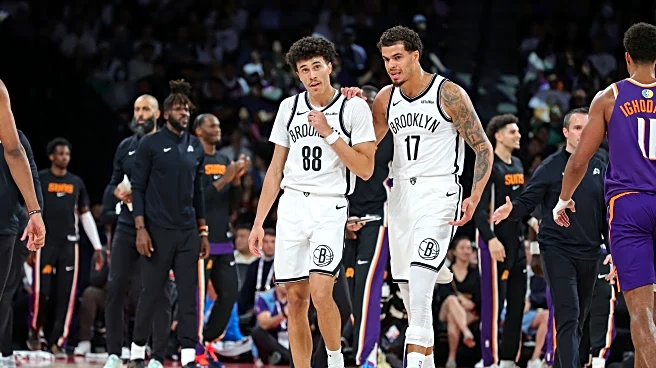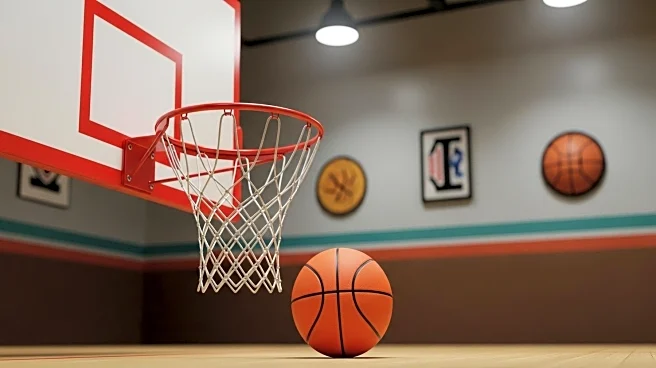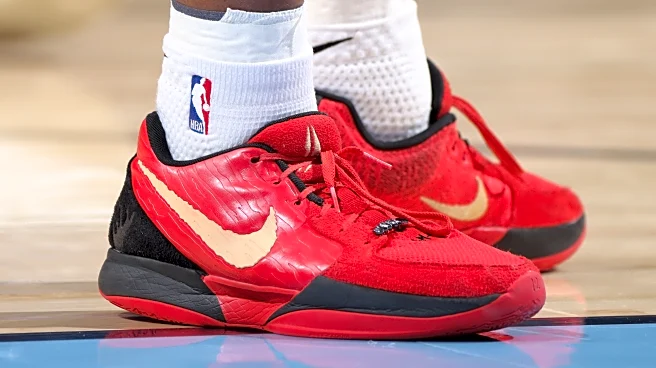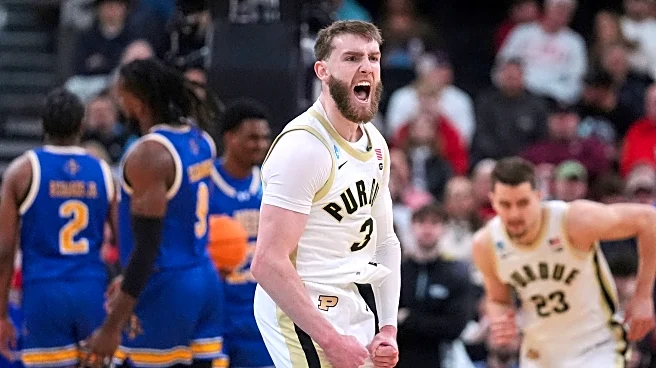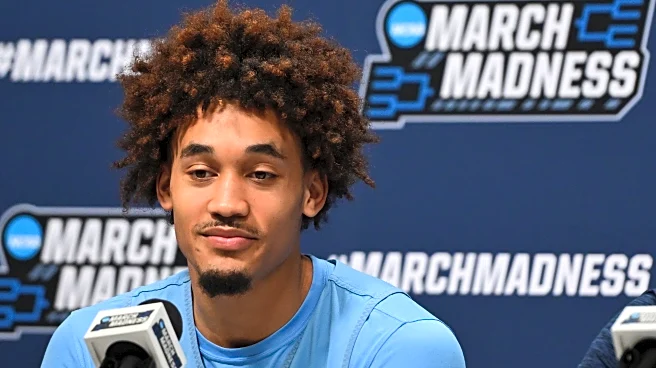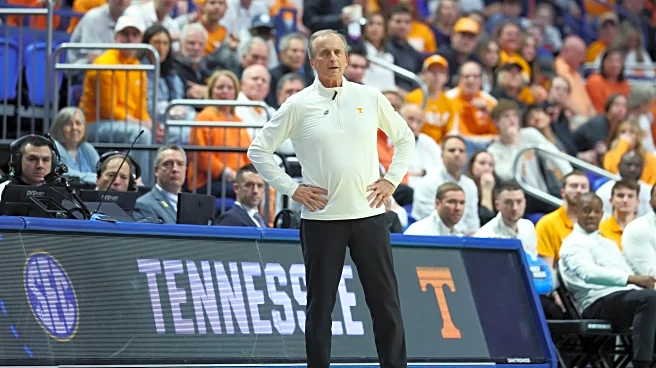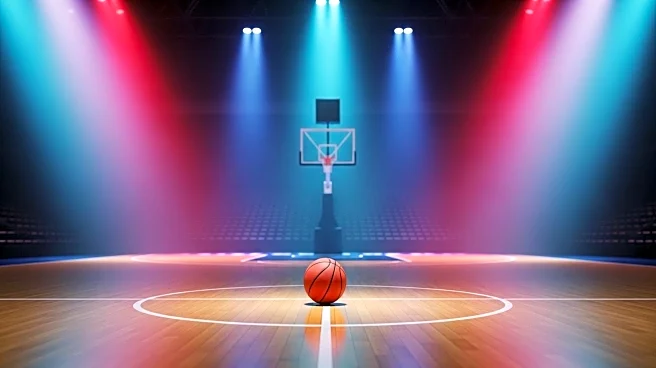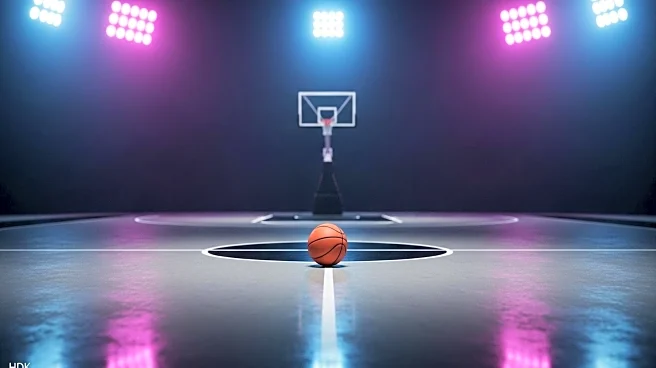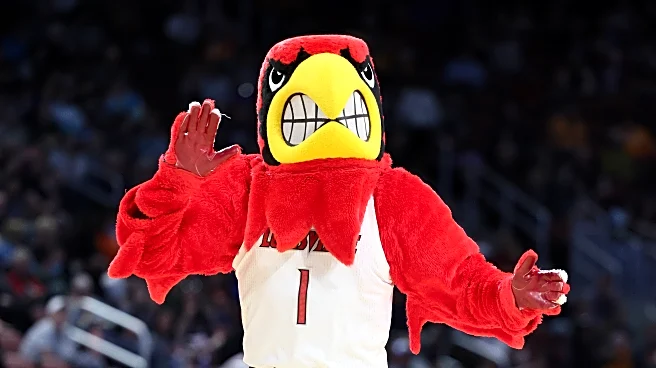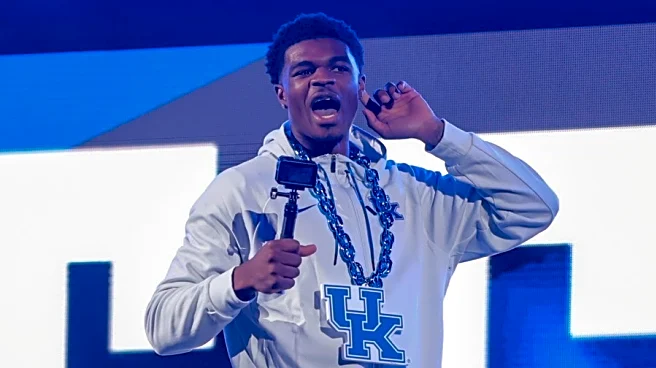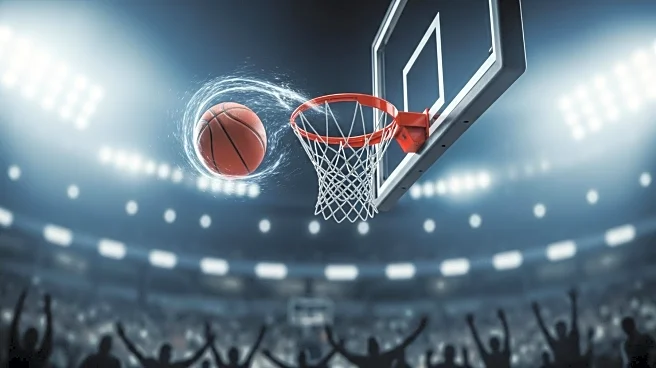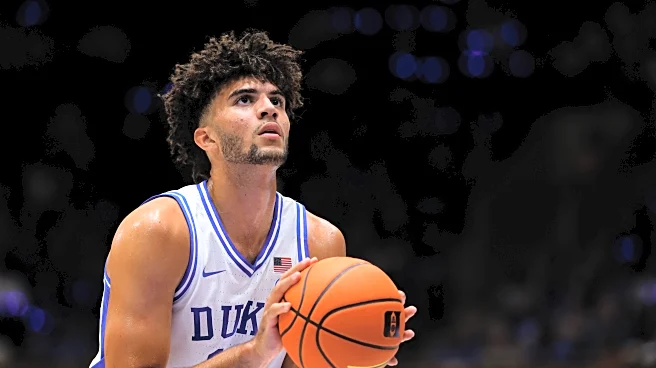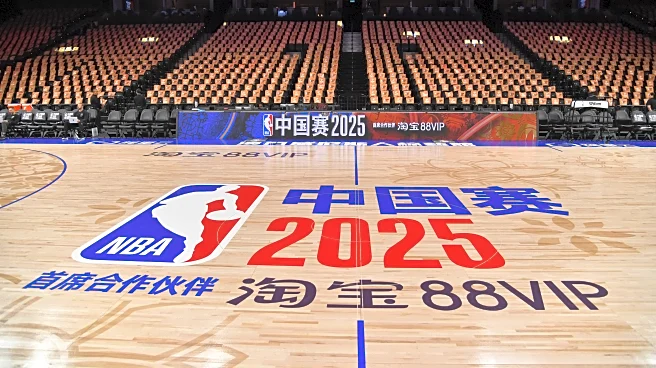For those who love the tank — excuse us, flexibility and sustainable success, last season was a disappointment. After Las Vegas pegged them at 19 wins, the Nets went out and won more than half that number in the first 21 games, buoyed by the play of Dennis Schroder. Not good if you were dreaming of Cooper Flagg in black-and-white.
Schroder, of course, was sent packing at the first available moment, almost literally, to the Golden State Warriors and his veteran counterpart upfront, Dorian Finney-Smith
went to the Los Angeles Lakers for a net total of five second rounders. But also, the Nets got another veteran point guard, D’Angelo Russell and Brooklyn finished with 26 wins and the eighth pick in the draft, not what a lot of fans had hoped for but their highest pick in 15 years.
While there is no dictate for the coach to lose games, Nets front office types know the secret is not putting bad players on the court, like their counterparts in Philly did at year’s end. No, the way to get a high pick is make sure the head coach has limited resources, preferably younger. And nowhere is that point more acute than at the 1, the point guard position.
As Brian Lewis notes Tuesday, Jordi Fernandez won’t be relying on the FIBA World Cup and FIBA Europe MVP (Schroder) or the one-time Nets All-Star (Russell.) Sean Marks has seen to that!
Sean Marks appears to be taking no chances this time around… Last season, the Nets went 26-56 with seasoned veterans Dennis Schröder and then D’Angelo Russell keeping their offense calm and composed — and their team competitive. Those wins proved Pyrrhic.
The four players on this year’s roster with point guard experience are aged 19, 19, 19, and 22 … and that last player is seen as more of 2. The three 19-year-olds are, of course, rookies and the 22-year-old has played only 27 games in two years with the Hawks.
The stakes are high. Joe Tsai knows, as we learned this week. He told an L.A. tech gathering last month, “We have one pick in 2026, and we hope to get a good pick. So you can predict what kind of strategy we will use for this season.”
The difference between this year and last is also evident in the stakes: the top of the 2026 draft. Again, Lewis:
The Nets went into the 2025 draft lottery with just a nine percent chance of landing Cooper Flagg, the one perceived franchise talent on the board. The Nets fell all the way to a disappointing eighth in the draft.
In a generational class with three prospects — BYU’s AJ Dybantsa, Kansas’ Darryn Peterson and Duke’s Cameron Boozer — at that rarified level, landing any of the top three seeds in the lottery would give the Nets an encouraging 40.1 percent chance of landing a projected cornerstone, more than four times better than the odds they had back in May’s lottery.
And should a fourth player, such as, say, Tennessee’s Nate Ament, join that elite company, getting a top-three seed would give Marks a 52.1 percent chance of coming away from the draft with a perceived franchise-changer.
Nothing is guaranteed in the lottery. No team with the worst record has won the overall No. 1 pick since the league changed the rules in 2019, trying to make the lottery and overall draft process less prone to tanking. In the last three drafts, the team with the worst record wound up with the fifth pick, the worst selection possible while in the last two drafts, the top pick went to the team who made the play-in and had a 98.2% chance of not getting the overall No. 1 … but wound up sitting pretty nonetheless.
So the Nets chose Egor Demin, Nolan Traore and Ben Saraf with three of their first round picks at picks No. 8, 19 and 26. All three will be among the 11 youngest players in the NBA this season and prone to mistakes. Point guards are notoriously the slowest to develop in the NBA, their jobs multi-dimensional. As Lewis pointed out, growing pains are to be expected at the point.
Over the prior decade of drafts, 53 players designated primarily as point guards by Basketball Reference were taken in the first round, and 39 of them underachieved their draft slot, according to the win shares metric. But that’s overwhelmingly skewed by the younger guards.
All 19 of those selected in the past four drafts had underachieved their draft slot, and 20 of the 34 taken in the previous six drafts have still underachieved theirs. The clear takeaway is lead guards take a while to learn to, well, lead.
This isn’t a new phenomenon. It’s been the case even for Hall of Famers such as Gary Payton, John Stockton and Steve Nash.
Moreover, Demin has yet to play in the Nets three preseason games, but Erik Slater reported Tuesday that the 6’9 1/2” Russian participated fully in practices while the team was in Macao. So he could play in Friday’s preseason finale in Toronto vs. the Raptors. There have been some highlights and some low lights for Traore and Saraf in the first three games, particularly when pressured, as they will be all season.
“Nolan and Ben felt real NBA pressure, and that’s a good thing,” Jordi Fernandez said. “That’s a learning opportunity when you feel the real pressure of a good defensive team. Hopefully, moving forward, they can get better and handle that better, because 34 turnovers leading to 42 points is not good enough. You’re not going to win many games in the NBA [like that].”
Saraf seemed to get it vs. the Suns in the Nets win Sunday, finishing with 11 assists — the last five on 3-pointers — in 21 minutes of play, Traore not so much as our Lucas Kaplan noted…
So, the three teenagers (none of whom will turn 20 till March) will learn on the job and await the arrival, if all goes according to plan, another teenager in 2026. That’s the plan with the pain.
- The long-term logic behind the Nets’ plan to turn over their offense to a trio of teenagers ($) – Brian Lewis – New York Post
